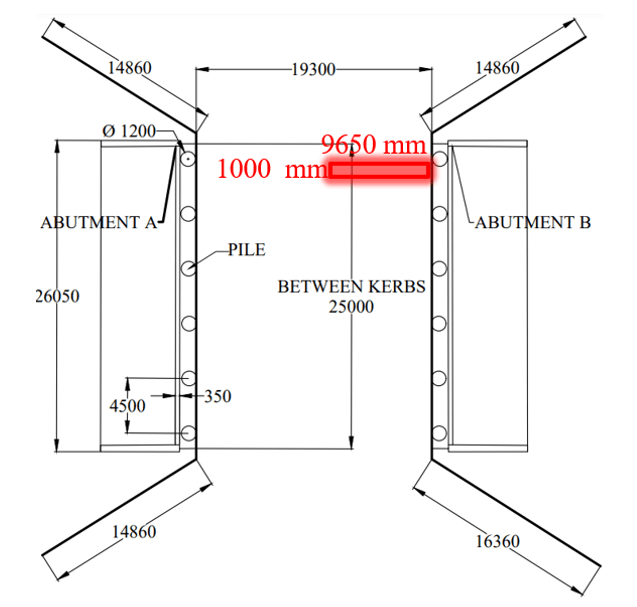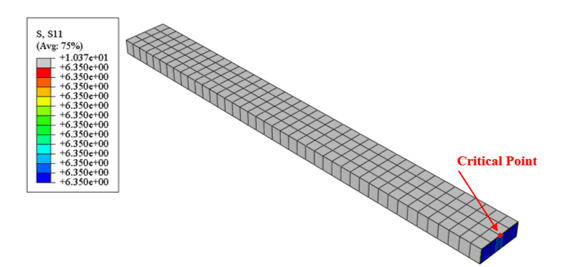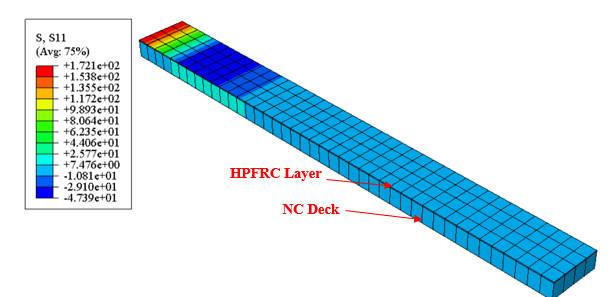
Ella Shibram
I selected civil engineering because I like understanding how things function and applying my thoughts to problem-solving. As a civil engineer, I am able to oversee and construct functional infrastructure projects, making it a rewarding profession. I can participate in projects that improve people's lives. There is great pride in seeing that you have made an impact. I am a refugee who was unable to attend university for six years after graduating from high school. Western Sydney University allowed me to pursue my ambition.
Rehabilitation of Concrete Bridge Deck Cracking with High-Performance Fibre Reinforced Concrete
Concrete bridges are essential components in transportation networks due to their materials performance and durability. Like other types of structures, the serviceability of these bridges deteriorates as time passes because of various factors, including cracking, corrosion, fatigue, and environmental effects; therefore, strengthening and rehabilitating these bridges are necessary. One of the most critical problems that significantly impact the durability and serviceability of these structures is deck cracking caused by loads, temperature effects, drying, and shrinkage. Different methods have been proposed to keep concrete bridges safe and functional in the last few years. Fibre-based rehabilitation methods such as Carbon Fibre- Reinforced Polymer (CFRP) and Glass Fibre Reinforced Concrete (GFRC) are the most popular in this category. However, these methods have several shortcomings, especially requiring a complex manufacturing procedure. These methods are not cost-effective and require further research to make them reliable for strengthening concrete bridge decks. In contrast, inconsiderable attention has been paid to High-Performance Fibre Reinforced Concrete (HPFRC) for strengthening and rehabilitating deck cracking. For this purpose, HPFRC is utilised in this study as an alternative approach for rehabilitating concrete forensic bridge deck cracking. The finite element model (FEM) simulated in ABAQUS software compares and validates the proposed method. It is concluded that 20 mm of HPFRC layer with 180 MPa compressive strength significantly reduces the conventional concrete bridge deck cracking by enhancing the load capacity of the material properties, which leads to deflection reduction and stress capacity enhancement. HPFRC is also effective for strengthening conventional concrete decks with various compressive strengths. The proposed method minimises cracking failure and requires less maintenance, making it a cost-effective material for rehabilitation purposes.




